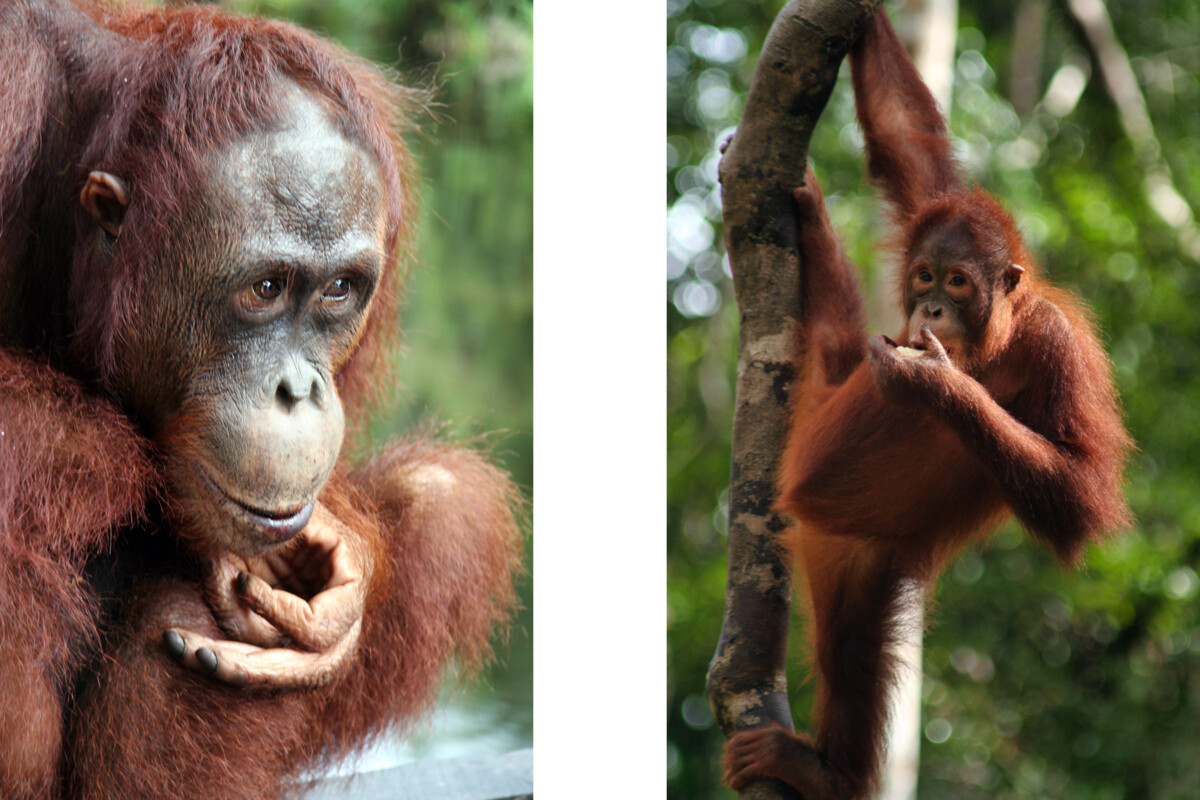Founder’s Briefs: An occasional series where Mongabay founder Rhett Ayers Butler shares analysis, perspectives and story summaries. Orangutans, with their expressive eyes and human-like behaviors, have long fascinated us. Few people, however, have delved as deeply into their world as Gary L. Shapiro. His five-decade career began with a groundbreaking study in primate communication, where he taught a juvenile orangutan an artificial symbolic language — an early step in exploring the cognitive abilities of these great apes. In the late 1970s, Shapiro took his research to Indonesian Borneo, where he lived among ex-captive orangutans and conducted the first study of sign language with apes in their natural habitat. His work, especially with a female orangutan named Princess, revealed the emotional depth and communication skills of these creatures. Princess learned more than 30 signs, using them to express her desires and observations — demonstrating not only intelligence but a profound emotional bond between humans and orangutans. But Shapiro’s work extended beyond communication. His time in Borneo opened his eyes to the plight of orangutans, whose rainforest homes were being destroyed by logging and palm oil plantations. This realization transformed him into a committed advocate for their conservation, co-founding organizations to protect orangutans and their habitats. Central to Shapiro’s advocacy is the concept of “orangutan personhood.” He argues that these highly intelligent and emotionally complex beings deserve recognition of their basic rights, such as life and liberty. Although legal recognition remains limited, he views progress on this front, like a 2015 Argentine…This article was originally published on Mongabay
From Conservation news via this RSS feed


